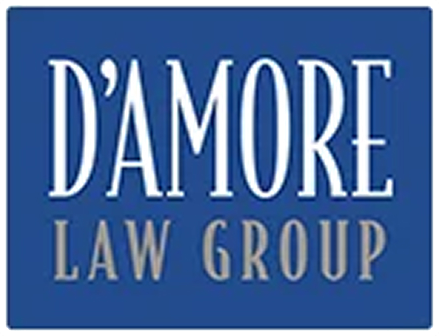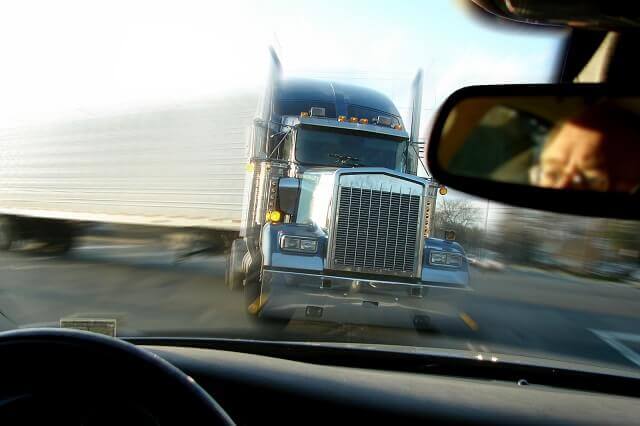After a commercial truck accident, proving liability is one of the keys to securing a financial recovery. However, it can also be one of the most difficult steps in the recovery process. And gathering the evidence you need to negotiate a settlement or win a verdict at trial requires the insights of an experienced accident attorney.
Of course, gathering evidence is only part of the process. Once you have the evidence you need, then you need to know how to use it effectively. Here, too, it is essential to have an experienced attorney on your side. Even if the evidence clearly establishes that someone else (or a company) was at fault in the accident, if you don’t know how to use the evidence to your advantage, you won’t be able to secure the financial compensation you deserve.
Proving Liability after a Commercial Truck Accident in Oregon or Washington
So, what does it take to prove that you are entitled to financial compensation after a commercial truck accident in Oregon or Washington? Here is an overview of the primary steps involved:
1. Gathering Evidence at the Scene of the Accident
In virtually every case, evidence from the scene of the accident can be used to help establish liability. This evidence can take many forms, and it can be collected in a variety of different ways. As a truck accident victim, you can help your case by taking photos and videos, writing down witnesses’ names and contact information, and calling the police to report the accident. However, there are additional forensic measures that will generally be necessary as well.
This is one of the first ways in which a law firm will be able to assist with your case. When you contact a law firm, the firm will send forensic investigators to the scene of the accident. Even if the accident has been cleared, the investigators will still be able to assess the scene and they will be able to collect and prepare various forms of evidence to help prove liability. The firm may also hire an accident reconstructionist to examine the evidence and put together a computer-generated simulation of the accident that can be admitted into evidence in court.
2. Conducting a Follow-Up Investigation
Once the on-scene investigation is complete, your law firm may need to conduct a follow-up investigation as well. What this entails will depend on the circumstances involved.
Minimally, your law firm likely will have someone inspect the damage to each of the vehicles involved in the collision. The location and extent of the damage to your vehicle, the commercial truck, and any other vehicles involved in the accident can provide a significant amount of insight into how and why the accident happened. Your lawyers may also try to obtain copies of any surveillance camera footage of the accident, and they may seek to obtain evidence from various other sources as well.
3. Using Legal Means to Gather Additional Evidence
In order to collect certain pieces of evidence, your lawyers may need to go to court. For example, the trucking company is unlikely to provide you with any damaging evidence voluntarily. If a business that has surveillance footage does not want to provide it, or if your lawyers need to obtain footage from a traffic camera owned by a municipality or government agency, then it may be necessary to subpoena the footage as part of your lawsuit.
Depending on the circumstances involved, your lawyers may need to use legal means to gather other evidence as well. Some examples include:
- Issuing a subpoena to obtain a copy of the truck driver’s phone records;
- Deposing the truck driver and/or other employees of the trucking company; and,
- Using various forms of discovery to obtain documents from the truck manufacturer, shipping company, and any other companies that may be liable for your injuries or your loved one’s death.
4. Determining Who Was at Fault
Once your law firm has gathered sufficient evidence, then it can determine who was at fault in the accident. Importantly, it may not be necessary to gather all of the evidence to develop a theory of liability. The formal discovery process is intended (at least in part) to afford accident victims the opportunity to gather additional evidence that they cannot obtain through informal investigative means.
Due to the complexity of commercial truck accidents (and the legal issues involved in commercial truck accidents), determining who was at fault can be a challenge. Potential defendants in commercial truck accident lawsuits include:
- The truck driver
- The trucking company
- The shipping company
- The truck manufacturer
- Another vehicle (or vehicle component) manufacturer
- A dealership or repair shop
- One or more other drivers involved in the accident
5. Building Your Case for Liability
After gathering the necessary evidence to determine who (or what company) was at fault, your attorneys can begin building your case for liability. This will involve applying Oregon or Washington law to the facts of your case as demonstrated by the evidence collected through the investigative and discovery processes. Examples of potential grounds for liability in commercial truck accident cases include:
- Violations of commercial trucking safety regulations, including federal limitations on the number of hours that truck drivers can spend behind the wheel;
- Talking on the phone, communicating with dispatch over CB radio, navigating, reading emails, using social media, and other forms of distracted driving;
- Exceeding the posted speed limit, driving at an unsafe speed given the current road or weather conditions, tailgating, merging or changing lanes without warning, and other common driving mistakes;
- Truck defects, other vehicle defects, cargo loading errors, faulty repair or maintenance work, and other vehicle-related factors; and,
- Failure to treat the road for winter weather, failure to fix potholes, low shoulders, dangerous onramps and offramps, missing and obscured signage, and other issues with the road.
Speak with a Trusted Lawyer at D’Amore Law Group
If you would like more information about how our attorneys can help you establish liability following a commercial truck accident in Oregon or Washington, please contact us to schedule a free initial consultation. You can reach us by phone (call or text), or send us your contact information and we will be in touch shortly.

